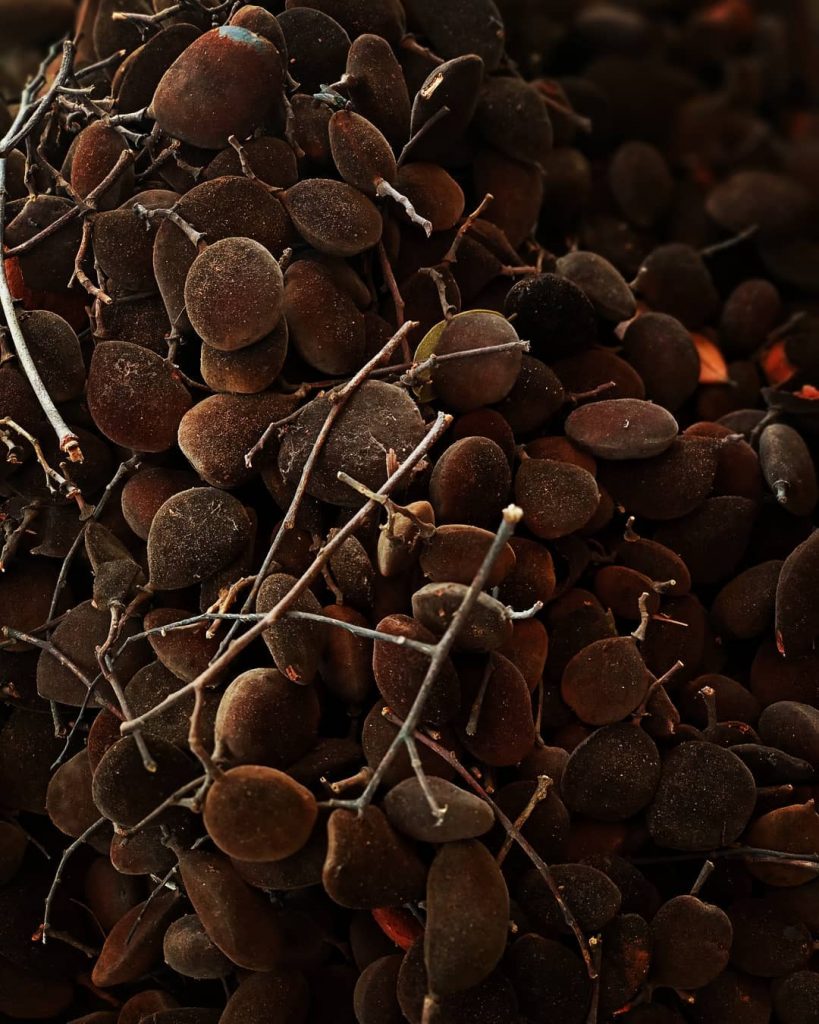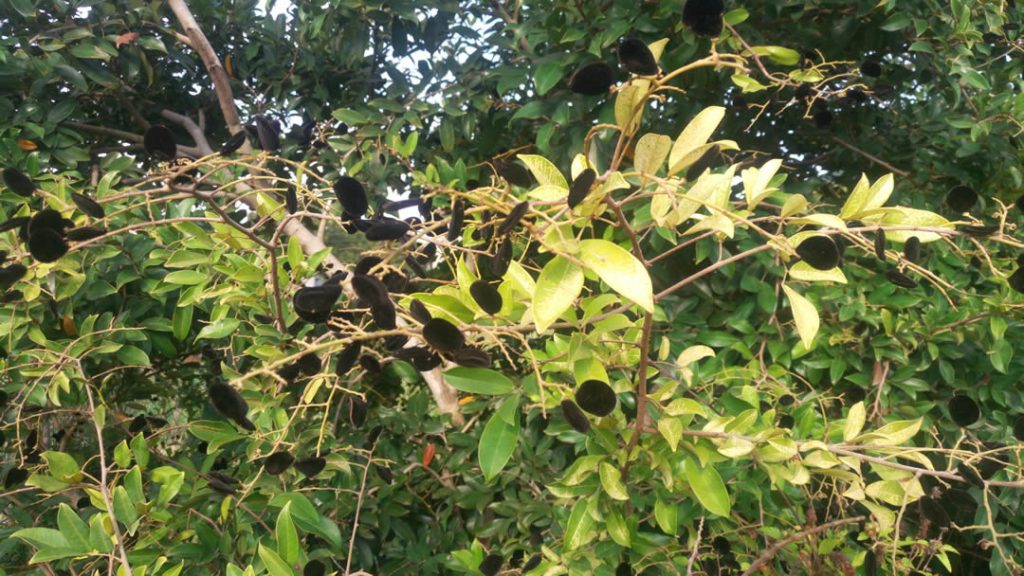The Black Velvet Tamarind

The black velvet is called Icheku or cheche bua in Igbo language 
Awin in the Yoruba language 
Tsamiyar kurm in Hausa language
The velvet tamarind known as icheku in Igbo language, awin in Yoruba language, tsamiyar kurm in Hausa language, is the fruit of a native tropical Africa tree (dialium guineense) with special reference to Eastern Nigeria. It is also found in other countries such as Cameroon Senegal, Ghana, Thailand and Malaysia.
Especially loved by Nigerian children, velvet tamarind is cultivated not totally for its fruits but as a source of timber and fuel. It is a seasonal fruit with an orange pulp with the velvet shell which has a sweet and tangy taste. Many of you can’t help but stop by at your local fruit vendor to buy some when it’s the season. You love the fruit but probably know nothing about it’s health benefits.
Velvet Tamarind contains the following nutrients: Vitamin A, C, Niacin, Riboflavin, Copper, Potassium, Calcium, Iron, Magnesium, Beta carotene, Alpha carotene, Beta-Cryptoxanthin, Lutein, Tartaric Acid.
More Health Benefits of Velvet Tamarind
- The pulp of the black velvet tamarind is rich in dietary fiber, these reduce bad cholesterol in the body.
- Black velvet tamarind is known to be rich in potassium, this helps to control heart beat and blood pressure.
- The velvet tamarind is rich in vitamins C and other antioxidants, and vitamin C helps to fight against microbial and fungal infections.
- The velvet tamarind can help treat diabetes, by reducing the blood sugar levels and intensifying insulin sensitivity
- The pulp of the black velvet tamarind is rich in Carotenoids, which are Antioxidants, such as Beta-carotene, Alpha carotene, Beta-Cryptoxanthin and Lutein, which helps to improve vision
- The leaf extract of velvet tamarind has the ability to increase gastric mucus secretion. Therefore, a decoction of the leave can be a remedy for gastric ulcer. The leafs are also highly diuretic-promotes the production of urine, making it easier for the heart to pump blood hence, reducing the risk of hypertension.


